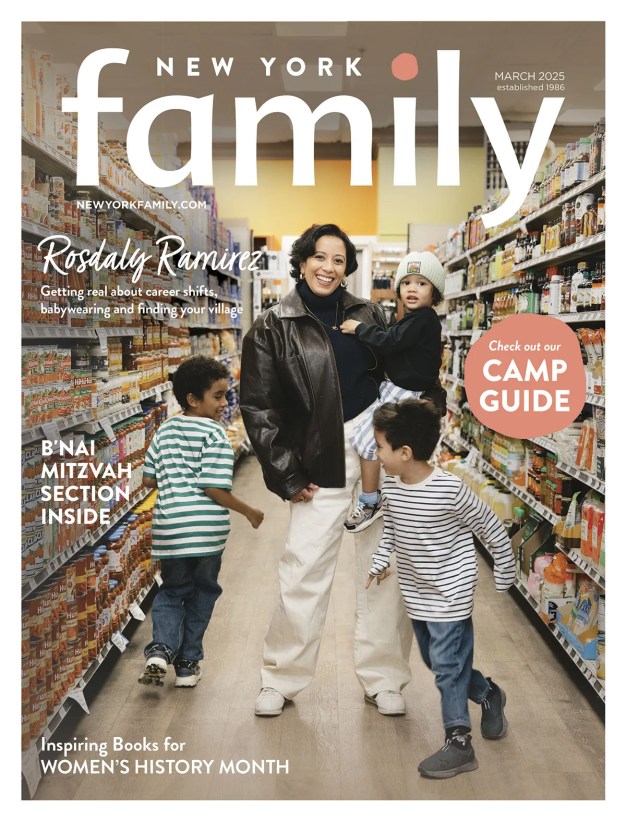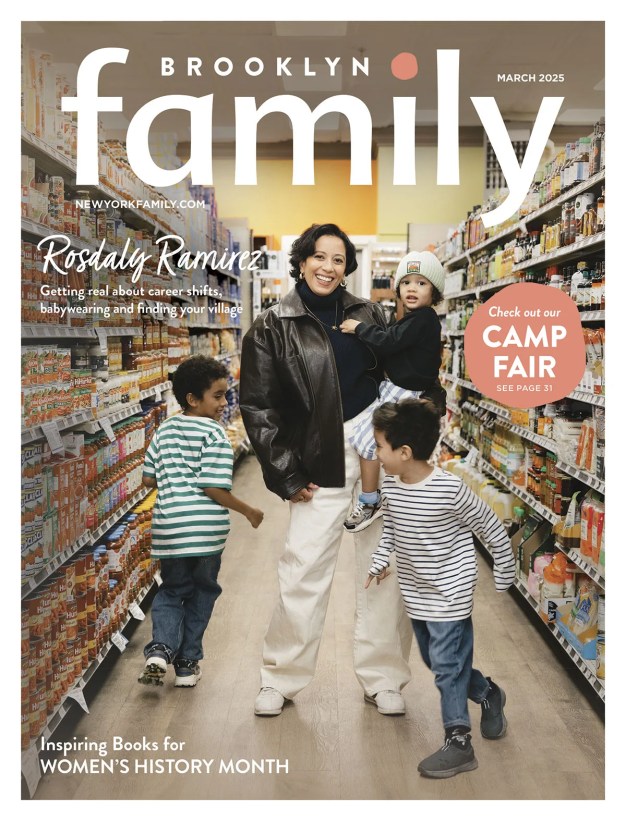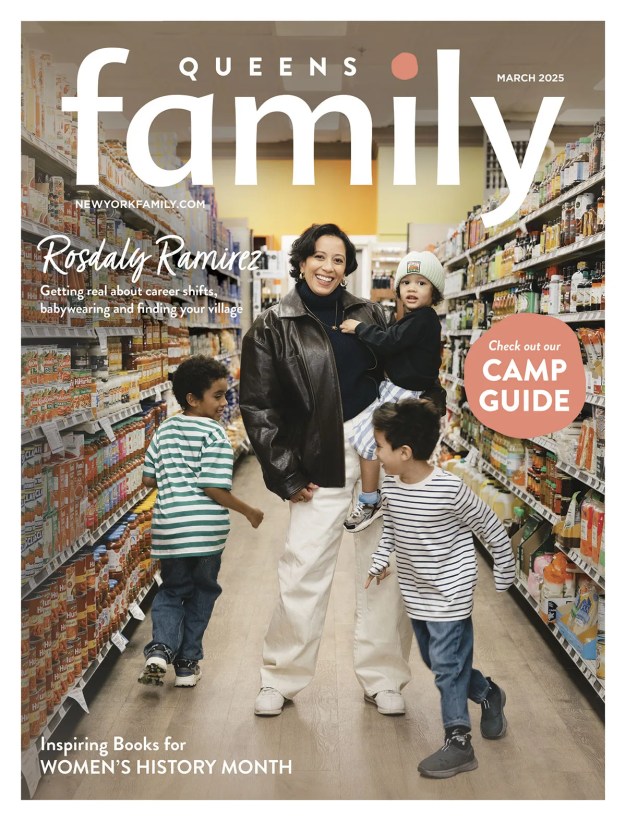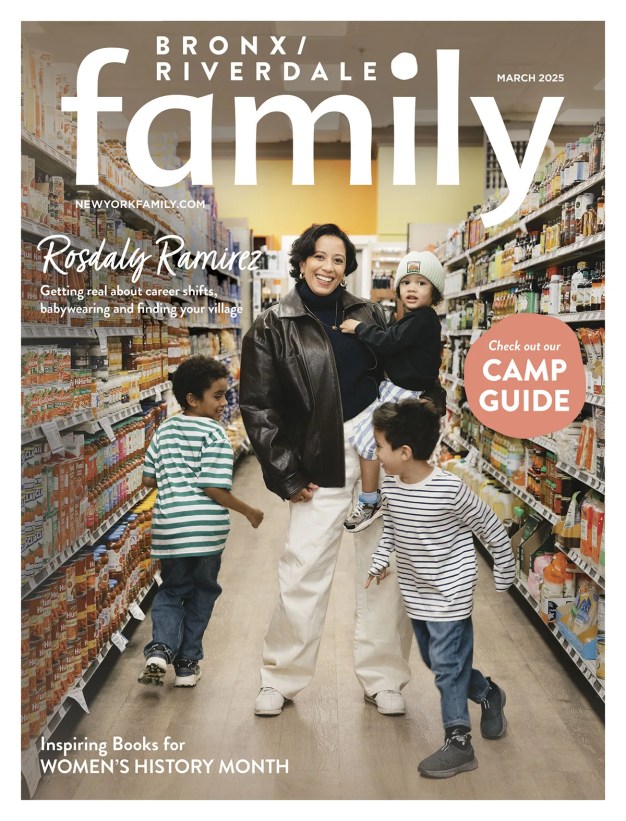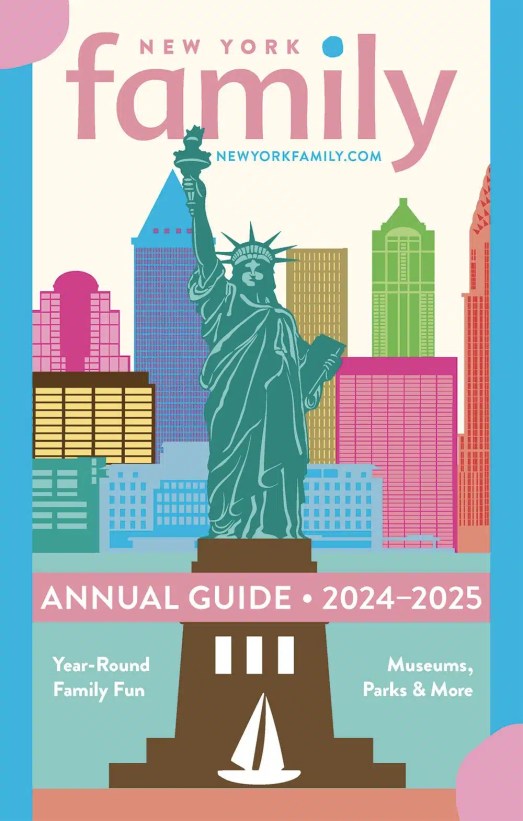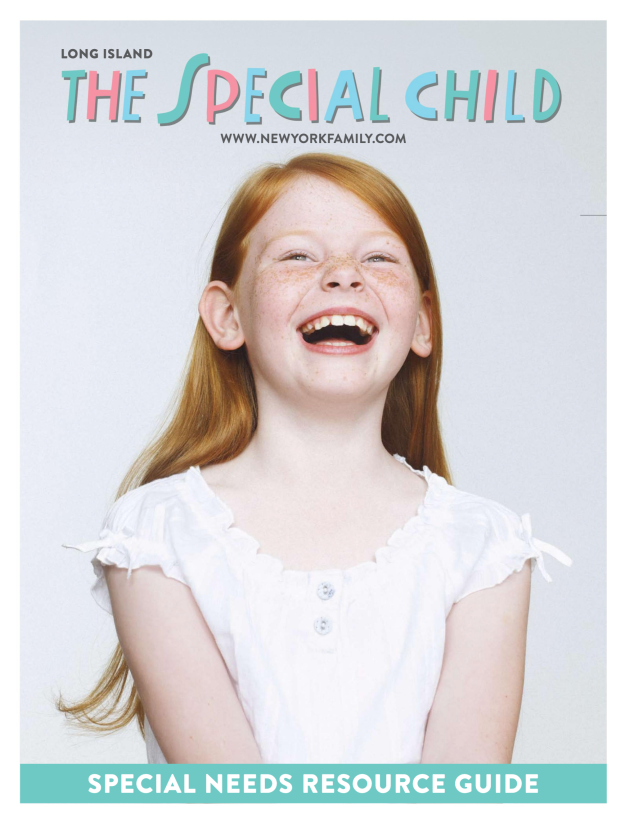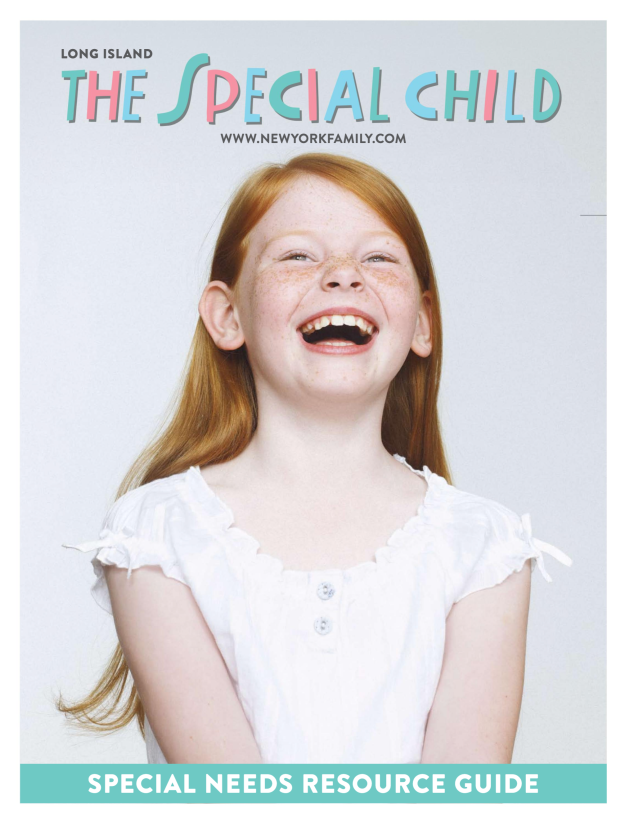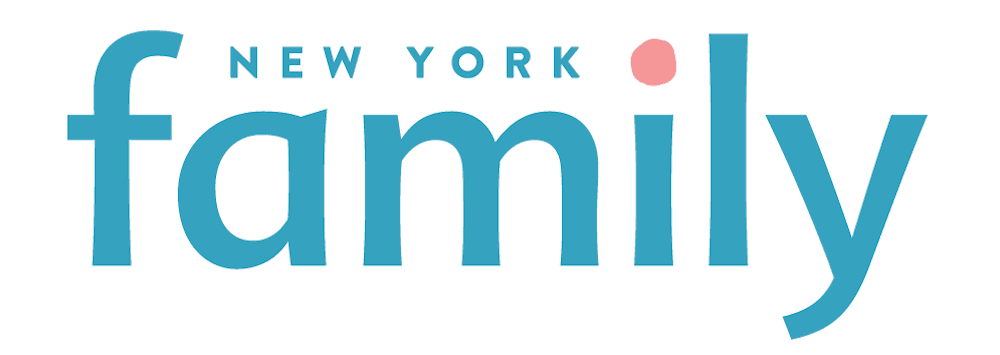Although parents, schools and the federal government are telling children and teenagers to “just say no” to drugs, billions of dollars in cigarette, alcohol and prescription drug advertising are effectively working to get them to “just say yes.”
The result? Young people are receiving mixed messages about smoking, drinking and drug use, and movies and television contribute significantly to the risk that they will engage in substance abuse.
Although illegal drugs take their toll on American society, two legal drugs — tobacco and alcohol — pose perhaps the greatest danger to children and teenagers. Both serve as significant gateway drugs and are among the earliest drugs used by children or teenagers. A preadolescent or adolescent who smokes tobacco or drinks alcohol is 65 times more likely to use marijuana than someone who abstains.
Every year more than 400,000 Americans die from illnesses directly related to cigarette use — more than from AIDS, car crashes, murder and suicide, combined. More than 100,000 annual deaths can be attributed to excessive alcohol consumption, including the death of 5,000 people younger than 21 years.
Advertising plays a strong role in the influence on children and adolescents. And it works, otherwise, companies would not spend billions of dollars on it. Many ads use celebrity endorsers, humor, rock music, or attractive models, all of which have been shown to be effective with children and teenagers. Advertising makes smoking and drinking seem like normative activities and may function as a “superpeer” in subtly pressuring teenagers to experiment.
Cigarettes
Scenes with smoking remain common in movies and, to a lesser extent, on prime-time television. Recent studies have shown that exposure to TV and movie smoking is one of the key factors that prompt teenagers to smoke. According to a new analysis, it may account for nearly half of smoking initiation in young teenagers. In fact, exposure to movie smoking may even be more significant than parents’ smoking status as being the key factor of teenagers lighting up.
Alcohol
Alcohol remains the number one drug portrayed on American television — one drinking scene is shown every 22 minutes, compared with one smoking scene every 57 minutes and one illicit drug use scene every 112 minutes. On MTV, teenagers can see alcohol use every 14 minutes. An analysis revealed that drugs were present in nearly half of 359 music videos — alcohol in 35 percent, tobacco in 10 percent, and illicit drugs in 13 percent. On prime time television, 70 percent of programs depict alcohol use, and more than one-third of the drinking scenes are humorous, while negative consequences are shown in only 23 percent.
• • •
What you can do for your child:
1. Limit unsupervised media use and especially encourage removal of TVs from children’s bedrooms. Research has revealed that having a TV in the bedroom is associated with greater substance use and sexual activity in teenagers.
2. Limit access by children and young adolescents to television venues with excessive substance use depictions.
3. Limit younger children’s exposure to PG-13 movies and avoid R-rated movies.
4. Parents should co-view movies and TV shows with their children and teenagers and discuss the content being viewed.
5. Parents should turn off the TV during evening meals.
The so-called war on drugs has been waged for decades, yet teenagers continue to use, and abuse, a variety of substances, especially tobacco and alcohol. The contribution of the media to adolescent substance use is only recently becoming fully recognized and appreciated.
Source: “Children, Adolescents, Substance Abuse, and the Media,” Victor C. Strasburger, MD and “The Council on Communications and Media,” PEDIATRICS Vol. 126 No. 4 October 2010, pp. 791-799.
